In the realm of academia, ceramics and photography might initially appear as two entirely distinct fields of study. However, as I embarked on a ceramics course recently, I was pleasantly surprised to discover how the lessons drawn from working with clay could seamlessly integrate with my role as a photographer.
What is photography? Photography is the art and practice of capturing and recording images using a camera. It involves using a camera’s lens and sensor to capture light and create still or moving images of subjects, scenes, or objects. Photography can encompass a wide range of styles, techniques, and purposes, from artistic and creative expression to documentary, commercial, scientific, and personal purposes. Photography allows individuals to freeze moments in time, convey emotions, tell stories, and communicate ideas through visual imagery. It has been a significant medium for artistic expression and communication for over a century and continues to evolve with advancements in technology and digital photography
Last autumn, I decided to pursue a degree, a decision that I shared with my wife. She happens to be a professor of sculpture at the University of West Florida, so her next question was only natural – “What degree are you interested in?”
I expressed my desire to pursue photography at UWF, to which she responded, “Well, we don’t offer a dedicated photography degree here.” She went on to explain that while UWF did provide film photography classes, they were a part of the broader Studio Art program.
With a sense of determination, I agreed, stating, “Alright, I’ll pursue a Bachelor of Fine Arts in Studio Art, but my primary focus will be on photography.” She chuckled and playfully added, “Yes, you’ll study photography, AND ceramics, AND painting, AND 3D design, AND art history.”
And so, it was that I found myself enrolling in an Intro to Ceramics course during the summer – my first step back into the world of academia. Initially, I had little to no interest in ceramics. However, a remarkable transformation occurred during the course of this class. Not only did I discover a newfound passion for working with clay, but I also realized that the soft skills cultivated in ceramics held profound relevance and application in my photographic pursuits.
“In the beginner’s mind, there are many possibilities, but in the expert’s, there are few.” — Shunryū Suzuki
Embrace the Beginner’s Mindset in Your Work
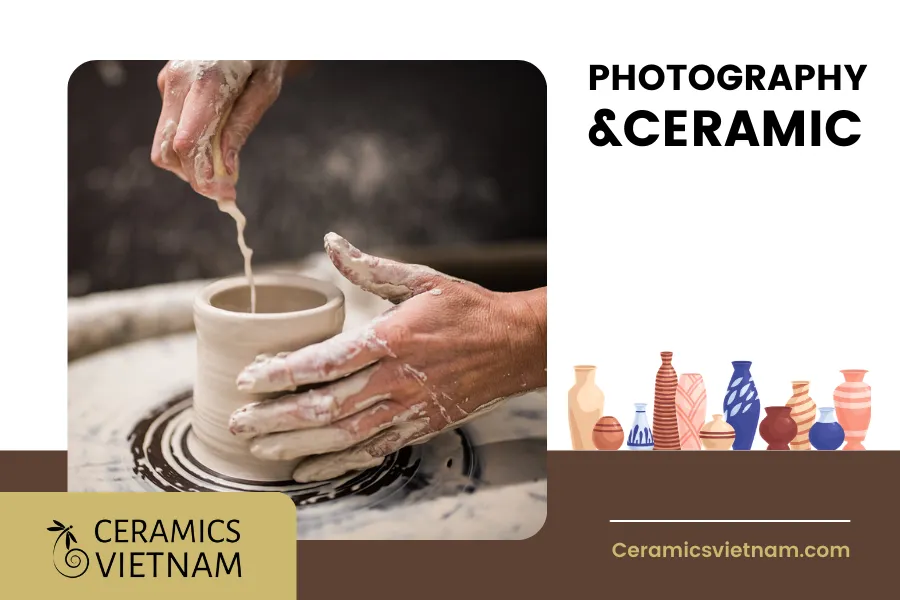
Embrace the Beginner’s Mindset in Your Work
As I stepped into the realm of ceramics during my summer foray into the Intro to Ceramics course, I carried with me a distinctive viewpoint – that of a complete neophyte in the world of clay. This unfamiliarity, instead of being a hindrance, turned out to be a priceless asset. It naturally ushered in the coveted “beginner’s mind” approach. Every aspect of working with clay became an uncharted territory, and I eagerly absorbed each step, technique, and tool with a genuine fascination that sparked a youthful excitement within me.
The notion of approaching ceramics with a beginner’s mind unfolded as the most profound and transformative lesson I gleaned from the course. Intriguingly, it holds the potential to elevate and invigorate my photographic practice in ways I had never imagined.
But what precisely is the beginner’s mind? At its core, it aligns with a fundamental Buddhist philosophy that encourages us to engage with the world with a mindset characterized by openness, eagerness, and the absence of preconceived notions. With over four decades of experience in photography under my belt, it’s been a considerable span of time since I last approached photography with the innocence and unbridled curiosity of a beginner. Even when faced with a new photographic technique or the allure of experimenting with a fresh camera or lens, my extensive knowledge often propels me forward with swift and assured strides. Paradoxically, this swiftness sometimes blinds me to the finer details of the new camera or technique, causing me to overlook the subtle nuances that can, in truth, be the most captivating aspects to explore.
Yet, embracing ceramics as a novice opened a profound doorway. It not only allowed me to learn and absorb the intricacies of the craft more deeply but also injected an infectious sense of joy into my artistic practice, a sensation I hadn’t savored in years. As I peer into the horizon of my academic journey, I find myself eager to delve into numerous photographic tools and techniques. From constructing a humble pinhole camera to experimenting with the enigmatic camera obscura, and from mastering the art of studio lighting to venturing into uncharted territories, I eagerly anticipate each endeavor with a genuine curiosity, a thirst for knowledge, and a willingness to set aside preconceived notions. For, within this approach lies the heart of the beginner’s mind – a perspective that promises not only to rekindle the thrill of exploration but also to unveil novel dimensions in my photographic practice that have long remained hidden from view.
Embrace and Anticipate Challenges
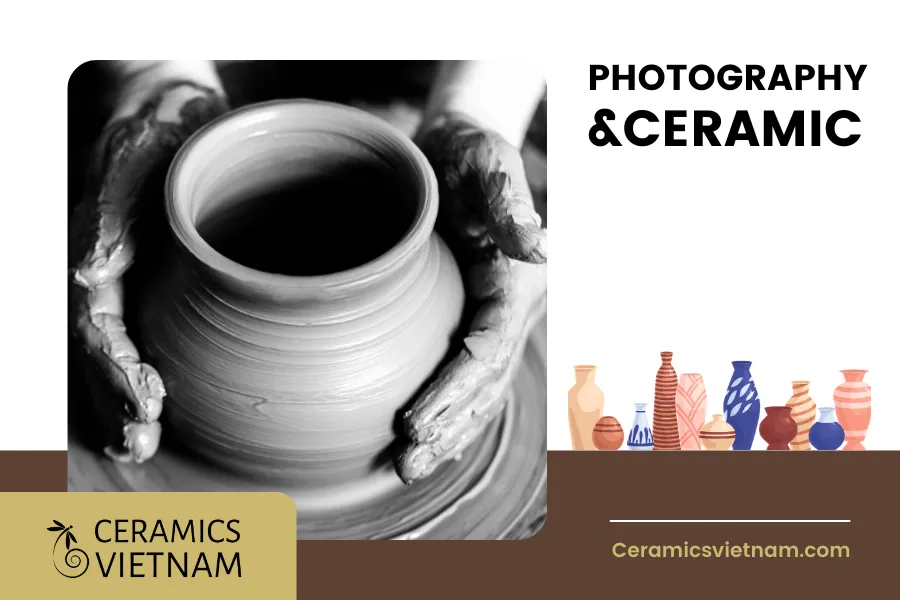
Embrace and Anticipate Challenges
Even for the most seasoned ceramicists, the specter of failure looms relentlessly. As a complete novice working with clay, my early encounters with ceramics were rife with missteps. As my ceramics professor astutely pointed out, “Clay does what clay wants to do.” Whether it’s too wet, too thin, or just not cooperating, the unpredictability of clay is a constant challenge. That beautifully shaped bowl you’re carefully crafting can crumble in an instant. A vase, meticulously coiled, might collapse under its own weight if it’s not dry enough. Even if you’ve painstakingly built your piece to perfection, a hidden air bubble can turn your hard work into a kiln catastrophe. And let’s not even get started on the mysteries of glazing; that ‘nice blue’ can miraculously transform into a ‘deep red’ during firing.
In my very first ceramics class, tasked with creating a Folger’s urn in homage to “The Big Lebowski,” my initial three attempts ended in dramatic collapses just hours into the process. I grew accustomed to investing hours of labor into a piece, only to find myself starting over repeatedly. Remarkably, these failures didn’t faze me; as a complete beginner, I had already anticipated the likelihood of stumbling.
What is “The Big Lebowski”? “The Big Lebowski” is a cult classic film directed by Joel and Ethan Coen. It was released in 1998 and has since gained a dedicated following. The film is a unique blend of comedy, crime, and absurdity, featuring memorable characters and a plot that involves mistaken identity, a missing rug, and a bowling enthusiast named Jeffrey “The Dude” Lebowski. Jeffrey “The Dude” Lebowski, played by Jeff Bridges, is an easygoing and laid-back character who becomes embroiled in a bizarre series of events after his rug is soiled during a case of mistaken identity. Seeking compensation for the rug, he becomes entangled in a ransom plot involving a millionaire also named Lebowski, various eccentric characters, and a briefcase full of money.
With each failure, I merely shrugged it off as an integral part of the learning curve. My primary objective in the class was simply to gain knowledge. If, by chance, a decent finished piece emerged, it was seen as a delightful bonus.
In the realm of photography, my encounters with failure tend to be less catastrophic. I can usually discern when a shot isn’t working and swiftly make adjustments. In post-processing, I maintain a minimalist approach, rarely dedicating more than 15 minutes to editing an image. The notion of investing hours into a photographic project only to discard it is a scenario I seldom encounter.
To be candid, my approach to photography often steers clear of failure. This aversion to failure is precisely why I’ve never delved into the realm of astrophotography. The idea of investing 30 minutes in a nighttime timelapse only to end up with a frame filled with blurry star trails has never appealed to me. Perhaps my newfound acceptance of failure in the world of ceramics will help me confront and learn from failure in my photography, rather than instinctively avoiding it.
Deep Exploration of Fellow Artists’ Work
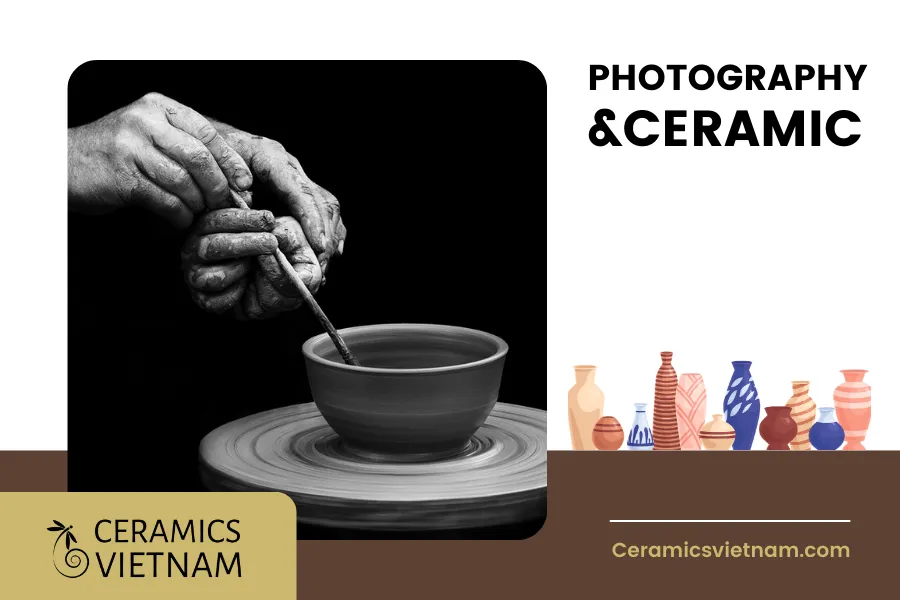
Work with ceramics: Deep Exploration of Fellow Artists’ Work
Within the hallowed walls of the ceramics classroom, our artistic odyssey embarked upon an intriguing and enlightening journey – a journey that beckoned us to immerse ourselves in the captivating realms of fellow artists. Our mission, both compelling and educational, was clear: dive headlong into hour-long videos that offered intimate glimpses into the lives and works of five distinct ceramicists. Subsequently, we were tasked with distilling our reflections on their craftsmanship into enlightening discussions.
For someone like me, possessing only a rudimentary knowledge of ceramic artists, this immersive plunge into the worlds of visionaries such as Jun Kaneko and Ebitenyefa Baralaye was a revelation. Their artistry, their mastery over clay, and their ability to breathe life into their creations left me utterly captivated. I stood in awe, especially when witnessing the sheer grandeur of Jun Kaneko’s works – a spectacle of craftsmanship that involved the skillful manipulation of 20lb clay blocks with nothing but a sledgehammer.
As a student of this craft, it became my responsibility to absorb and assimilate as much as I could from the wisdom and techniques of these ceramic artists. Yet, in the process, I couldn’t help but recognize a striking blind spot in my approach to photography.
While my shelves groaned under the weight of photography books, and the occasional perusal of an Aperture Magazine article granted me insights into the art form, I realized that I had been bypassing the intricate and enriching worlds of photographers themselves. Even those photographers I deeply admired were often relegated to the pages of books, and their stories remained unexplored.
Now, driven by the passion of a committed student, I have embarked on a new mission – to apply my insatiable curiosity and inquisitive mindset to the vast world of photography. My strategy is simple yet profound: select one photography-related movie each month for the remainder of the year. These films promise to unlock the minds and perspectives of remarkable photographers, offering a unique lens through which to view their artistry.
So, you may be wondering, what’s at the zenith of my cinematic queue? Allow me to share:
- Salt of the Earth — Sebastião Salgado
- Finding Vivian Maier
- Duane Michals (1939–1997)
With bated breath, I invite you to prepare for an exciting and enlightening journey, one that will lead us through the lens of these extraordinary photographers. Together, we will unravel their unique perspectives, dive deep into their artistic visions, and perhaps discover new dimensions of our own creative endeavors.
Purposeful Creation: The Art of Working with Intent
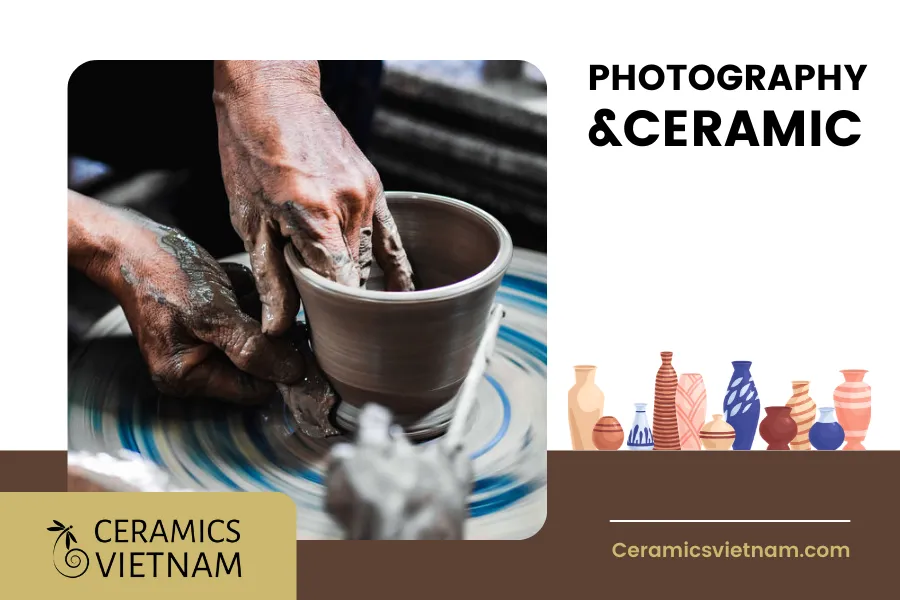
Purposeful Creation_ The Art of Working with Intent
Deep within the realm of ceramics, I unearthed one of its most captivating facets – the remarkable versatility that its final products can possess. Here, the customary boundaries that separate functionality from artistic expression blur seamlessly into one another. Each time I embarked on a new ceramic technique, it was never just about molding clay; it became a contemplation of the profound “why” behind my creation. Was I sculpting a functional item, perhaps a meticulously crafted wheel-thrown bowl destined for daily use? Or was my vision set on crafting an intricate, slab-built masterpiece, designed to captivate and inspire those who beheld it? It could even be an exercise in honing my skills, methodically refining my craft, or venturing into uncharted territory with a novel glazing method, pushing the boundaries of what clay could convey.
In stark contrast, my approach to photography often unfolded without the deliberate intent or a specific goal in mind. My photographic expeditions were typically propelled by the location or subject matter at hand. While I undoubtedly considered the techniques or styles I wished to employ—ranging from the enchanting realm of infrared landscapes to the gritty allure of monochrome street photography, the experimental fascination of film captures, or the vivid narratives woven through travel documentation—I seldom paused to contemplate that each press of the shutter button represented more than just a fleeting moment. Each photograph held within it the potential to blossom into a piece of art, deserving of a meaningful place in the world.
The profound lessons that unfolded while working with clay underscored a poignant truth: every ceramic creation yearns for a purpose, a designated place to call home. Questions naturally surfaced: Was the piece a masterpiece worthy of gracing someone’s cherished collection or gallery walls, finding resonance in the hearts of art connoisseurs? Or did it serve as a functional gift destined to bring daily joy to a friend or family member’s life? Perhaps it was an artistic marvel meant to adorn the walls of my living space, invoking a sense of wonder and contemplation in all who passed by. Interestingly, these were conversations and contemplations that had been seldom encountered in the realm of photography.
As I continue my journey with camera in hand, my aspiration is to delve deeper into the context that envelops each image I capture and to recognize its significance within the intricate tapestry of my artistic practice. Each photograph, I firmly believe, holds a story, a purpose, and a unique place within the vast spectrum of my creative expression. Is this particular photograph a quest for knowledge, an earnest pursuit of understanding the world around me? Is it a dedicated practice session, a canvas on which to refine my skills and craft? Or will it emerge as an integral piece of a specific body of work, contributing to a narrative that transcends the boundaries of a single frame? My aim remains steadfast: to infuse greater intentionality into my photographic endeavors, forging an unbreakable connection between the purpose behind each image and its rightful place within the grand mosaic of my ongoing creative odyssey.
Embrace the Beauty of Tangibility
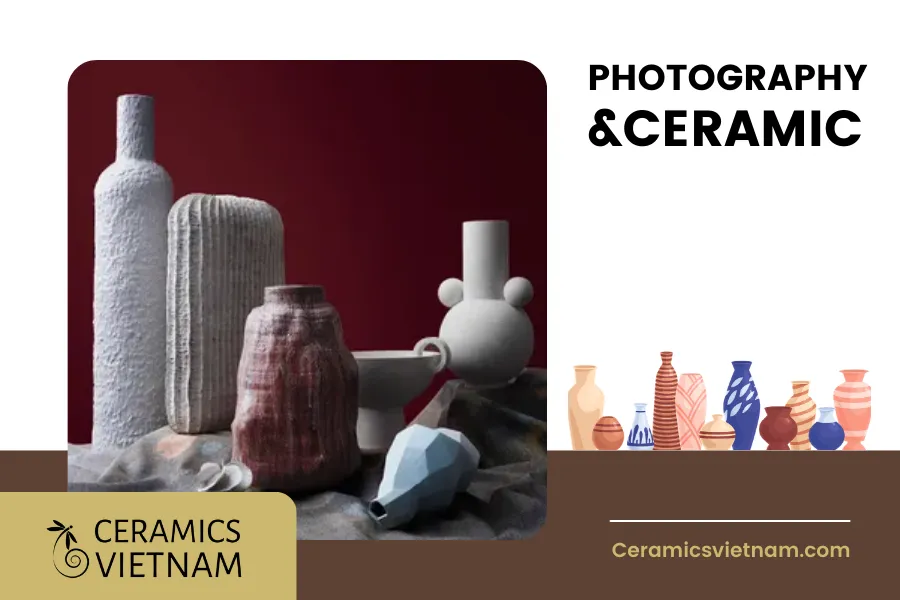
Work with ceramics: Embrace the Beauty of Tangibility
As I navigate the evolving landscapes of both ceramics and digital photography, a striking distinction emerges – the embodiment of art in physical form. While my journey through the world of digital photography has spanned years, most of my creations have been consigned to the digital realm, residing silently on my computer’s hard drive. The contrast comes to life when compared to ceramics, where each creation emerges as a tangible object, one that can be touched, held, and admired in the physical world.
Irrespective of the size or grandeur of your computer monitor, there exists an ineffable magic in the act of translating digital images into the realm of the physical. This transformation breathes life into your visuals, offering an entirely new dimension to your artistry. It beckons you to linger, to marvel at the texture, colors, and depth of the finished product. It’s a tactile connection that extends beyond the digital confines, a testament to the time-honored tradition of art made manifest.
In this journey, I’ve been fortunate to receive wisdom from our Live View Editor, Derrick Story, a passionate advocate for the act of printing photographs. He once shared a valuable insight: Choose your finest photograph each month and produce a minimum 8×10 print. By the year’s end, you’ll have assembled a collection of 12 exquisite prints, a portfolio ample enough to host an exhibition, a tangible celebration of your creative journey.
My summer sojourn into ceramics, where I meticulously forged pieces that harmonized function and artistry, has kindled a renewed appreciation for the tangible. It’s a reminder that the art world transcends screens and pixels, finding its truest expression when etched into the physical realm. And so, I stand at the precipice of a new endeavor within my digital photography practice – the exploration of printing, a pursuit intertwined with purpose.
Printing is not merely a mechanical task; it is imbued with intent. It raises questions: Will the print serve as a heartfelt gift, a framed masterpiece adorning a cherished wall, or a treasured keepsake nestled within the pages of a physical album? These are the inquiries that guide me forward. What truly matters is the steadfast commitment to grant my digital photography a tangible home, to free it from the confines of my hard drive and the boundless expanses of the digital universe.
In the merging of these artistic worlds, I discover that true artistry thrives not solely in the act of creation but also in the celebration of its existence beyond the screen – in the touch of a print, the warmth of a framed piece, and the memories held within the pages of an album. This is the journey towards bridging the gap between the digital and the tangible, a journey that seeks to enrich my artistic expression through the physical embodiment of my work.
In the pursuit of artistry, the journey often transcends the confines of a single medium. My exploration of ceramics, seemingly a world apart from my digital photography, has revealed surprising bridges connecting these two creative realms.
Read more
Vietnamese ceramics: Discovering the techniques behind vietnam’s traditional ceramics

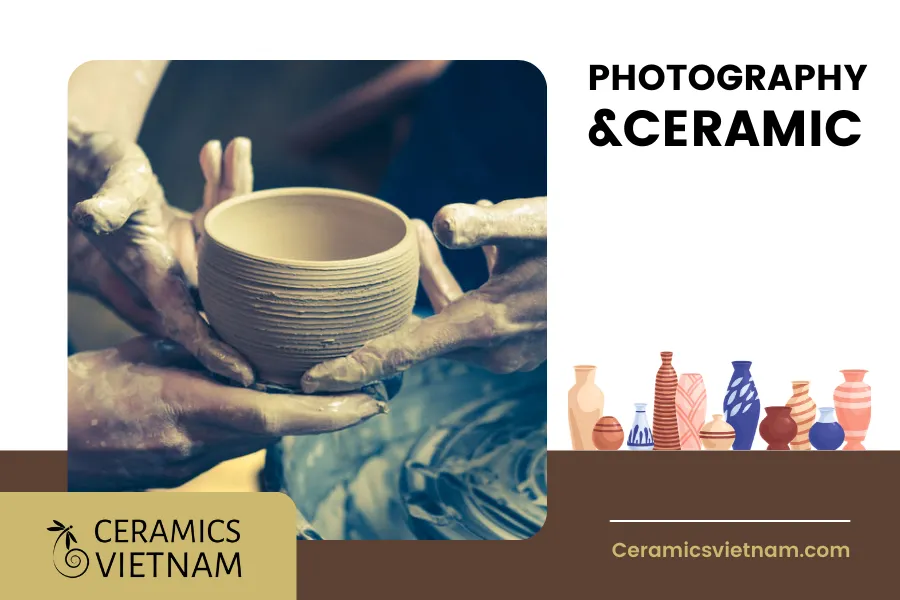












Leave a reply